All hail Jil Sander’s first foray into furniture
At Milan Design Week, the venerated fashion designer unveils a respectful take on a tubular furniture classic for Thonet
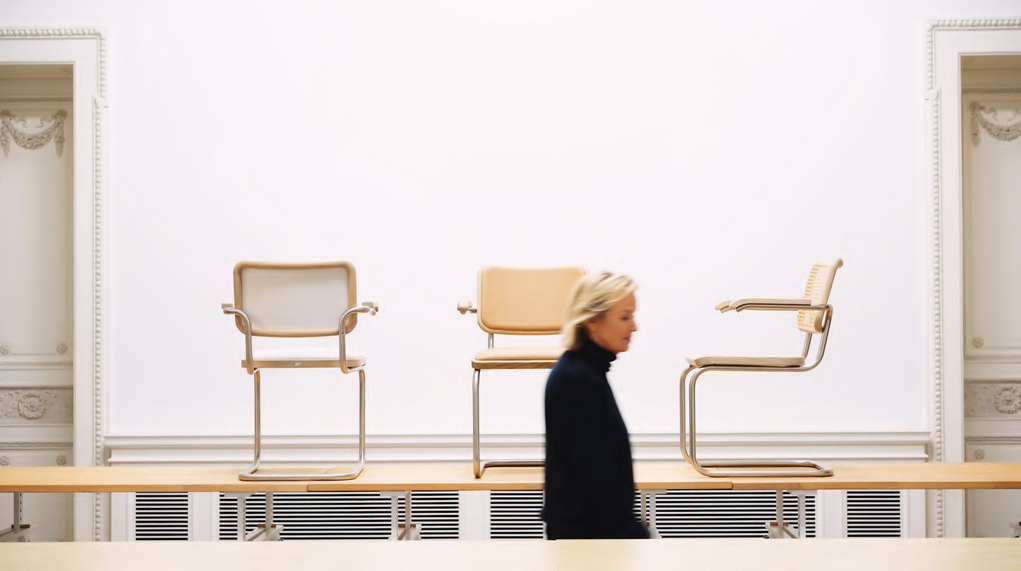
Jil Sander founded her fashion house in Hamburg in 1969, with the brand steadily gaining a reputation for its clean lines and minimalist aesthetics, and the designer applying her purist vision to everything from fabrics to flagship stores. She would go on to quit her eponymous label, return and then quit again, but she has continued to design the highly sought-after +J collections for Uniqlo (and released a career-spanning monograph, Jil Sander by Jil Sander, in 2024).
Sander was recently invited to collaborate with pioneering furniture maker Thonet, taking its tubular steel icons and putting her own stamp on them. Her two new lines, ‘Nordic’ and ‘Serious’, weave in high-gloss lacquered wood details and Viennese canework or leather seats and backrests in a nuanced colour palette, adding a modern elegance to a classic form. Here she talks to Wallpaper* contributing editor Nick Vinson about the inspiration behind this special project.
We ask Jil Sander about her sensitive take on a Thonet classic
Wallpaper*: You chose to reinterpret the ‘S 64’ chair, designed by Marcel Breuer in 1929. Why did you select this one, and what makes it such a timeless classic?
Jil Sander: Its elementary square dimensions are very reassuring; it’s an icon of uncompromised modernity. When I was approached by Thonet about the possibility of a cooperation, it felt close to my design aesthetics, and so seemed worth the effort of a reappraisal. I like its democratic form, which doesn’t urge you into a specific position. It is comfortable for everyone and makes a strong spatial statement.
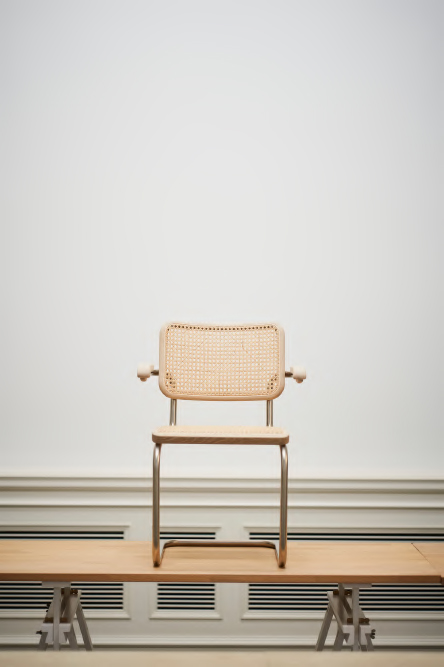
‘Nordic’ chair by Jil Sander for Thonet
W*: Your intervention is respectful and restrained. How did you decide how far to go and where to stop?
JS: I couldn’t touch the Breuer form, thus my ideas were channelled from the beginning. I immediately thought of doing away with the chrome frame, which shines like a mirror. That’s why I didn’t polish the cantilever, quite the opposite. I wanted to subdue the glossy appearance and add a certain nobility. This influenced the choice of leather and canework, too.
W*: You picked two contrasting finishes for the chair, one a rich gloss and the other an unusual matt nickel silver. Is this a finish you have used in previous architectural projects?
Wallpaper* Newsletter
Receive our daily digest of inspiration, escapism and design stories from around the world direct to your inbox.
JS: The matt nickel silver frame of the ‘Nordic’ line has a warmer aura. We subtly attuned it to the lighter leather colours and the canework seat version, as well as to the two oak versions, one varnished in a natural tone and the other stained with white pigment. I had used nickel silver for the metalwork in my flagship stores. If you want to create an environment of understated luxury, nickel silver acts like a backbone.
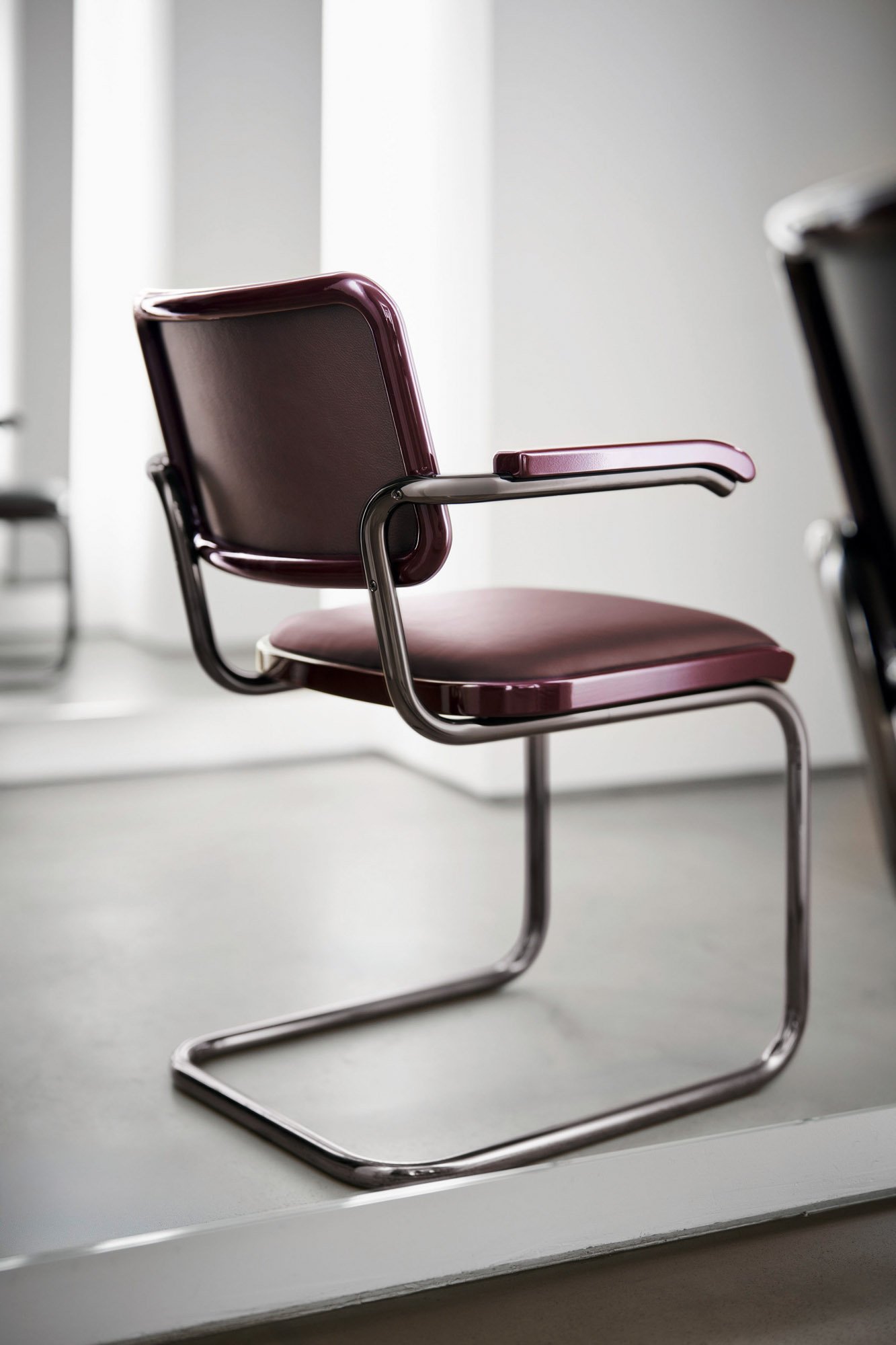
The ‘Serious’ line is a high-gloss reinterpretation of the ‘S 64’ chair, available in four different shades of leather or as a dark canework version
W*: When developing the Italian tanned bull leather for the seat and back, what did you want to achieve in the tanning, finish, touch and colour?
JS: We wanted high-quality leather with a firm touch. The grained structure lends the leather a more animated appearance.
W*: How will the ‘natural’ colour leather age?
JS: The leather quality of both lines is the same. In the ‘Nordic’ line, only the wood has been pigmented, the leather has been tanned naturally. The furniture comes with care instructions. A certain patina over time will look good against the matt nickel silver frame.
W*: The octagonal weaving technique used for the Viennese canework was very popular in the Biedermeier period, and Thonet has been using it since 1819. How have you tweaked it?
JS: Biedermeier was a modern movement in Europe that was quite independent from classicism. It combined a spirit of restraint and simplification with great craftsmanship and a love of nature. Through the work of architect Adolf Loos, Vienna became a hotspot for the integration of craftsmanship into the modern vision. These vibes ring true again today. I reworked the cane, we bleached and pigmented it to provide it with a fresh attractiveness and to underline the sophistication of the natural material.

‘Nordic’ chairs by Jil Sander for Thonet
W*: You have collaborated extensively with architect Michael Gabellini, garden designer Penelope Hobhouse, and photographers such as Irving Penn and Peter Lindbergh. What is it like to update something designed by another person, and have you ever reworked anything like this before?
JS: I am new in the sphere of updated design icons, but I like to learn and to orient myself in a new field. As with my garden, it implies the study of history, aesthetic possibilities and the different qualities that are available. It takes a designer’s sensibility to create a new synthesis. As to the cooperation with other creative people, the first step is to decide who you want to work with. Once there is a fundamental affinity, mutual understanding can easily be achieved. I am a great believer in motivation through explanation.
W*: You live and work in a pair of late 19th-century villas in Hamburg designed by Martin Haller. In a previous interview, you told me that when you renovated them, you learnt that all style periods have a purist version of enlightened craftsmanship and choice materials. You chose to photograph your Thonet chairs there. Why do you feel that placing objects together from different periods works so well?
JS: We stripped the Martin Haller atelier house of its 19th-century interior, creating uncluttered space that is then flooded by Hamburg’s crisp northern light. We left traces of the original design, like the stucco ceilings and doors, and restored them to a museum level. In the interest of generous proportions, we also took out some walls. When the spatial proportions are right, all you need is to add a chair of any style you like to infuse the space with life.
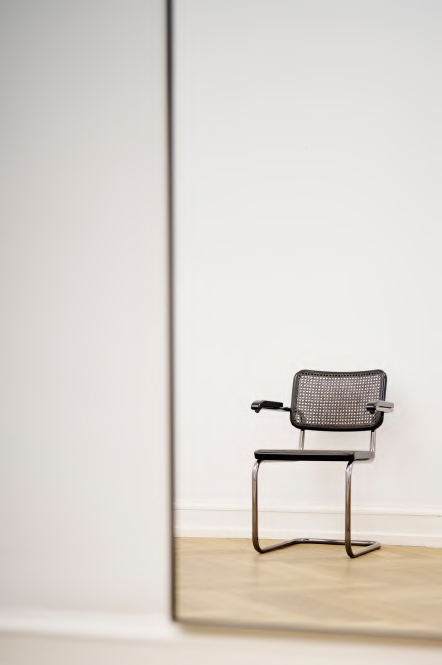
W*: You have paired the chairs with two works by Imi Knoebel, Tempo Primo and Figur H105. What is it about this artist that attracts you, and why did you choose to photograph the chairs with his work?
JS: I had no doubt that the reimagined Breuer chair would look great against Imi Knoebel’s artwork, which is an equivalent to my vision of purity. I collected his work from very early on. In my experience, once you build surroundings according to your taste, every new interest will fit in.
W*: People like to use labels such as ‘minimalist’ around you, but they probably don’t know of your taste for both Renaissance and opulence. How does that sit with your purist aesthetic and these chairs?
JS: You can even introduce minimalist aesthetics to a Renaissance interior, if you keep the rooms apart. I built a high-tech kitchen in the centre of my Haller residence; its interior had been recreated by architect Renzo Mongiardino in the Renaissance style.
‘JS Thonet – A Personal Interpretation by Jill Sander’ is on show from 7-13 April at Via Brera 16, Milan
Salone del Mobile 2025 takes place 8-13 April. Check our full Milan Design Week 2025 guide for the must-sees
This article appears in the May 2025 issue of Wallpaper*, available in print on newsstands from 3 April, on the Wallpaper* app on Apple iOS, and to subscribers of Apple News +. Subscribe to Wallpaper* today
Also known as Picky Nicky, Nick Vinson has contributed to Wallpaper* Magazine for the past 21 years. He runs Vinson&Co, a London-based bureau specialising in creative direction and interiors for the luxury goods industry. As both an expert and fan of Made in Italy, he divides his time between London and Florence and has decades of experience in the industry as a critic, curator and editor.
-
 Fancy a matcha-beer cocktail? Visit this dashing new LA restaurant
Fancy a matcha-beer cocktail? Visit this dashing new LA restaurantCafé 2001 channels the spirit of an American diner with the flow of a European bistro and the artistry of Japanese cuisine
By Carole Dixon
-
 Los Angeles businesses regroup after the 2025 fires
Los Angeles businesses regroup after the 2025 firesIn the third instalment of our Rebuilding LA series, we zoom in on Los Angeles businesses and the architecture and social fabric around them within the impacted Los Angeles neighbourhoods
By Mimi Zeiger
-
 New book 'I-IN' brings together Japanese heritage and minimalist architecture at its finest
New book 'I-IN' brings together Japanese heritage and minimalist architecture at its finestJapanese architecture studio I-IN flaunts its expert command of 21st-century minimalism in a new book by Frame Publishers
By Ellie Stathaki
-
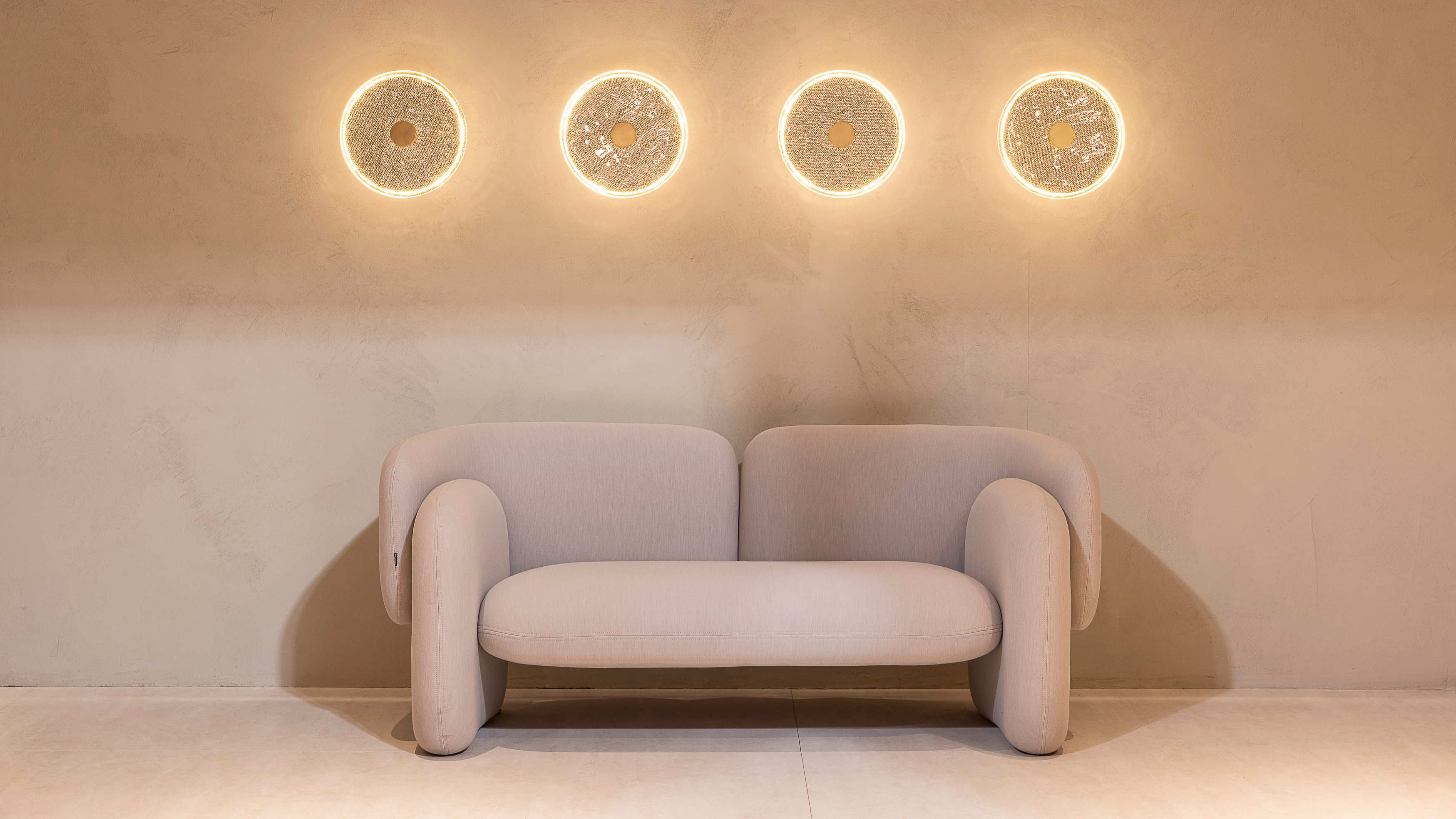 Lasvit brought forest, fabric and frozen light to Euroluce 2025
Lasvit brought forest, fabric and frozen light to Euroluce 2025Czech glassmaker Lasvit’s 2025 lighting launches look to nature for inspiration and reflection
By Ali Morris
-
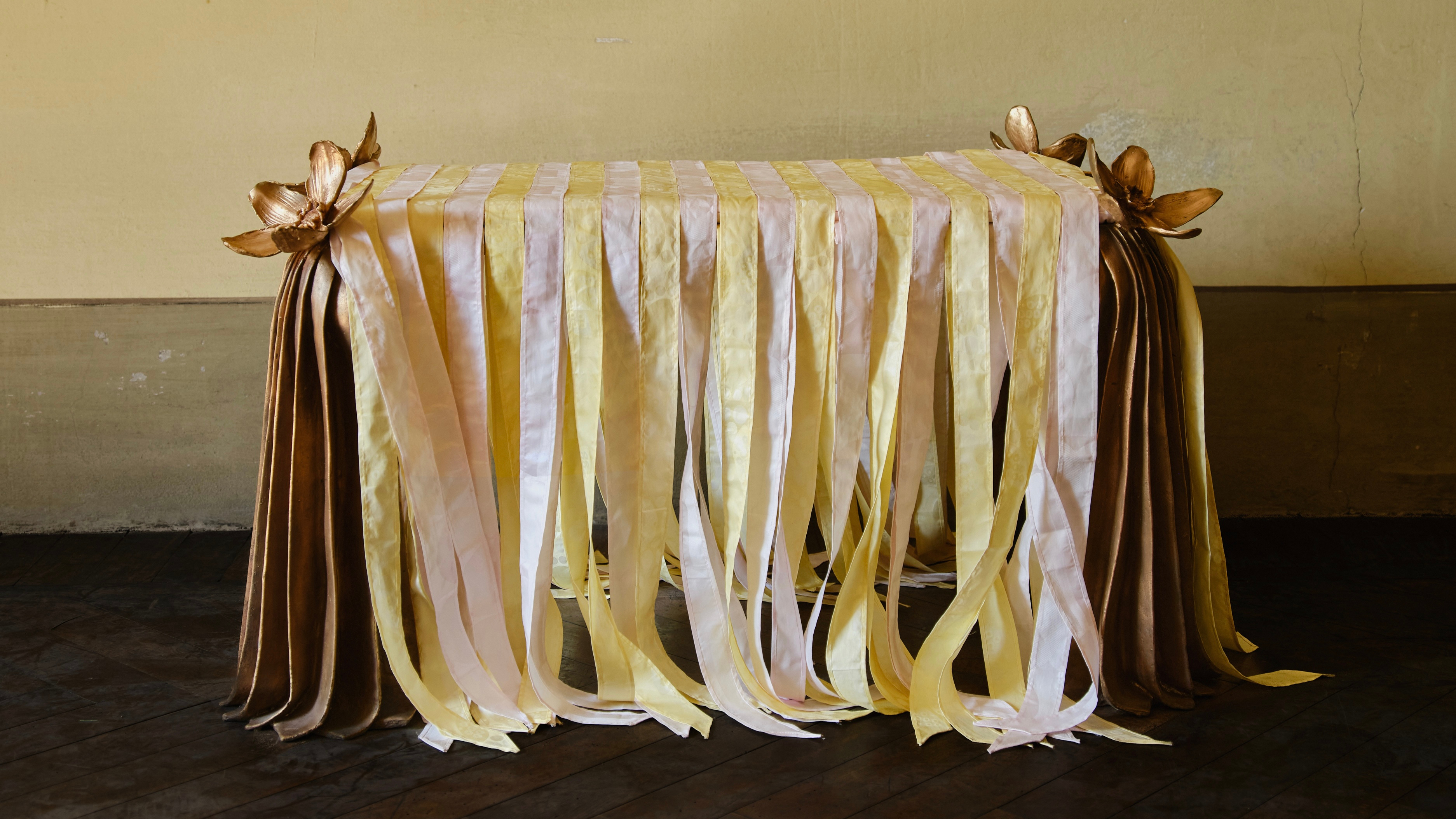 Conie Vallese and Super Yaya’s beribboned bronze furniture is dressed to impress
Conie Vallese and Super Yaya’s beribboned bronze furniture is dressed to impressTucked away on the top floor of Villa Bagatti during Milan Design Week 2025, artist Conie Vallese and fashion designer Rym Beydoun of Super Yaya unveiled bronze furniture pieces, softened with hand-dyed ribbons in pastel hues
By Ali Morris
-
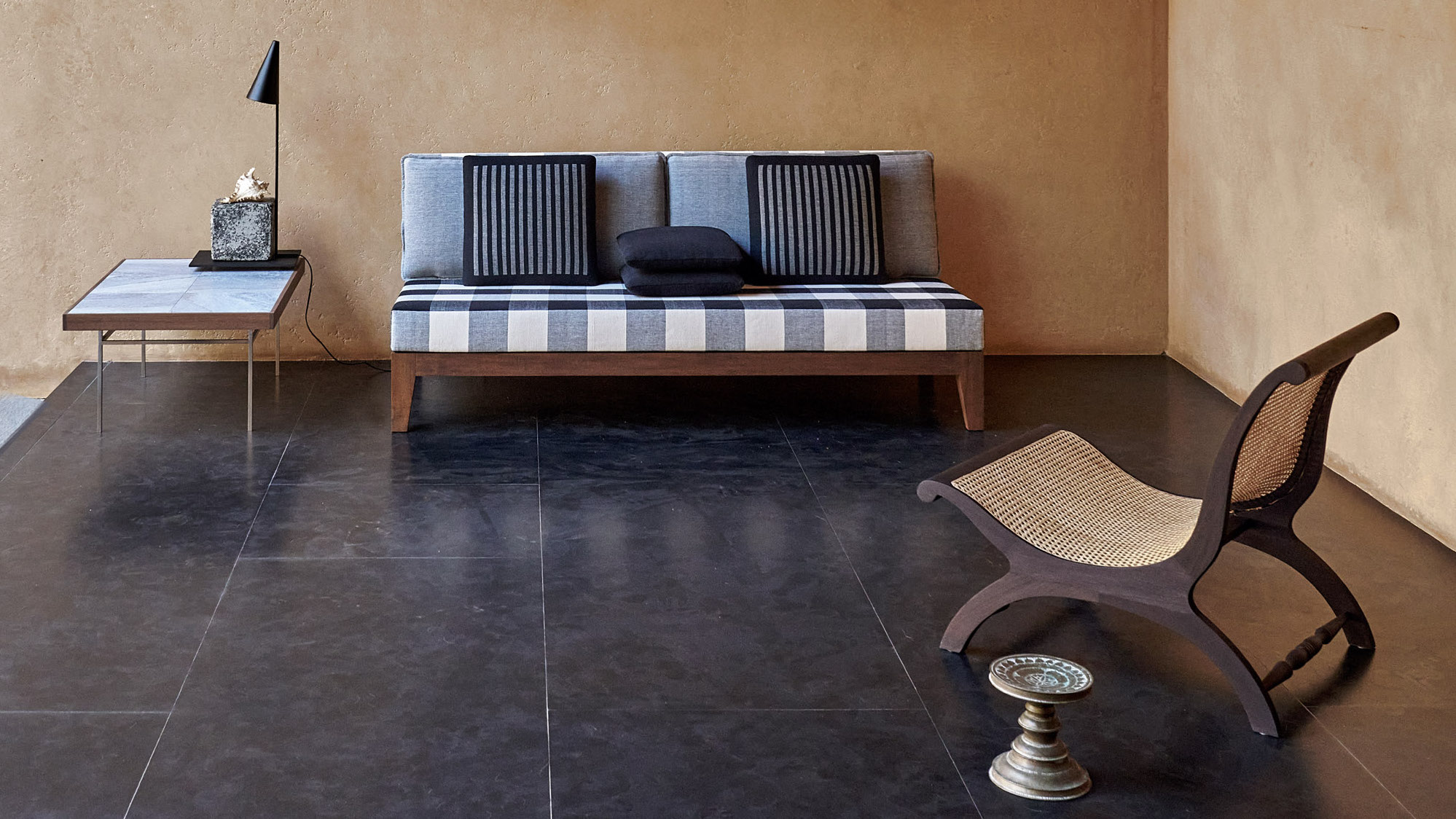 Geoffrey Bawa’s furniture designs are revived – a tropical modernist treat
Geoffrey Bawa’s furniture designs are revived – a tropical modernist treatBangalore studio Phantom Hands cultivates the furniture legacy of Sri Lankan tropical modernist pioneer Geoffrey Bawa
By Jonathan Bell
-
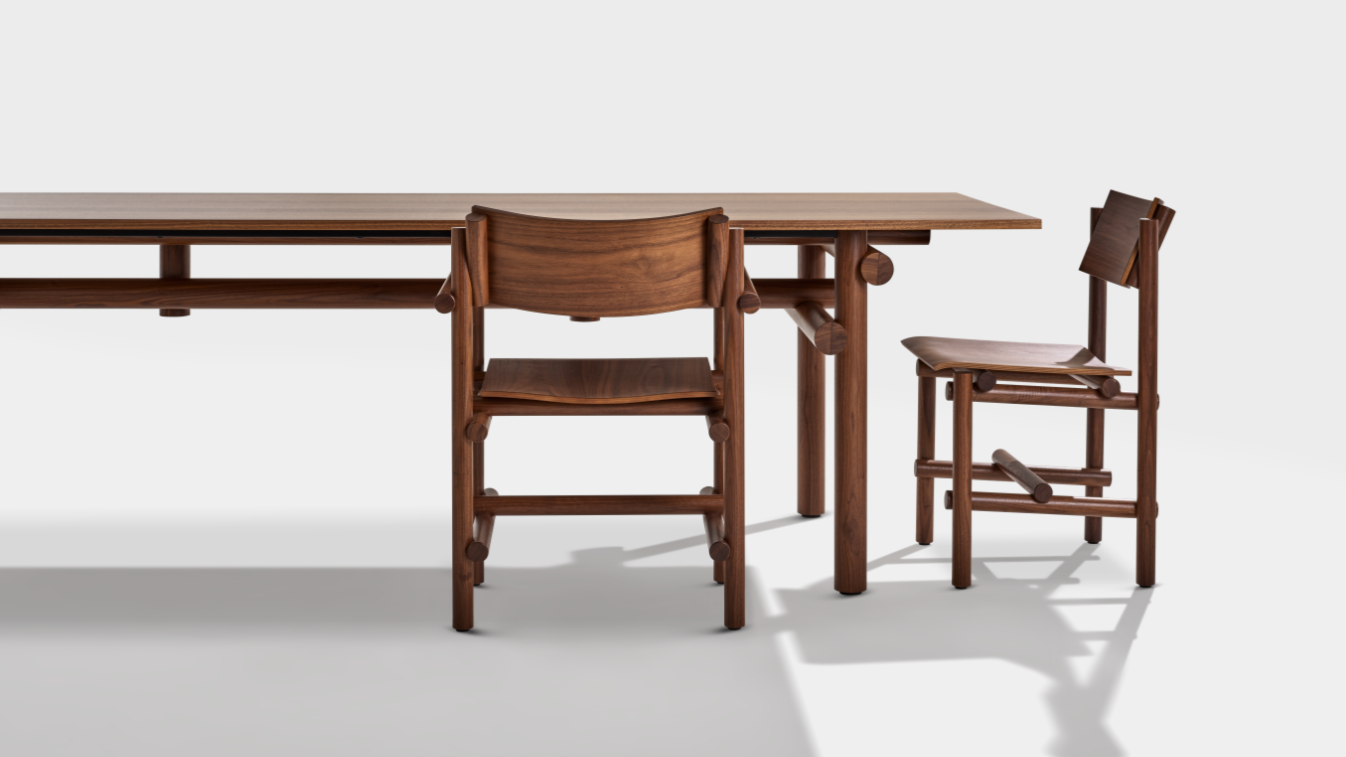 Tectonic modernity makes for fine dining furniture from Knoll
Tectonic modernity makes for fine dining furniture from KnollThe new ‘Muecke Wood Collection’ by architect Jonathan Muecke for Knoll brings artistry to the table
By Hugo Macdonald
-
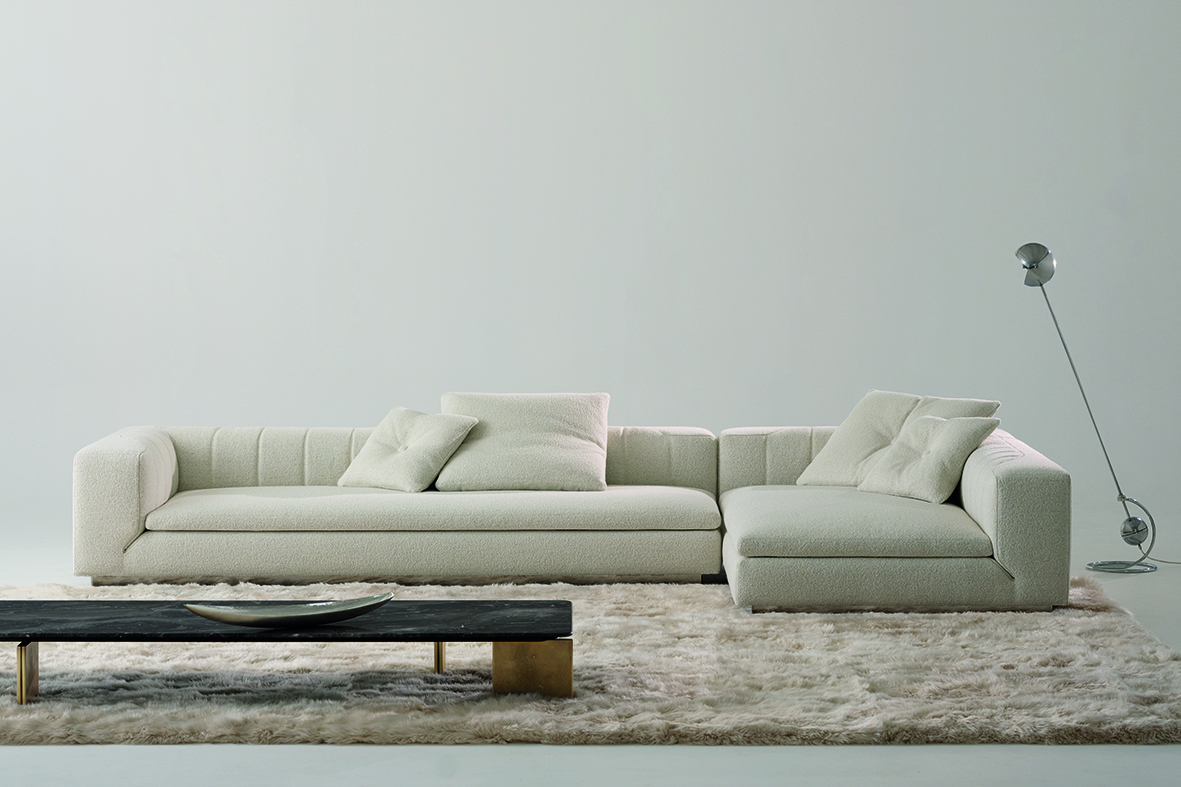 Elegance personified, the 'Riley' sofa is a handsome beast
Elegance personified, the 'Riley' sofa is a handsome beastA new sofa by Hannes Peer for Minotti has us swooning, not slouching
By Hugo Macdonald
-
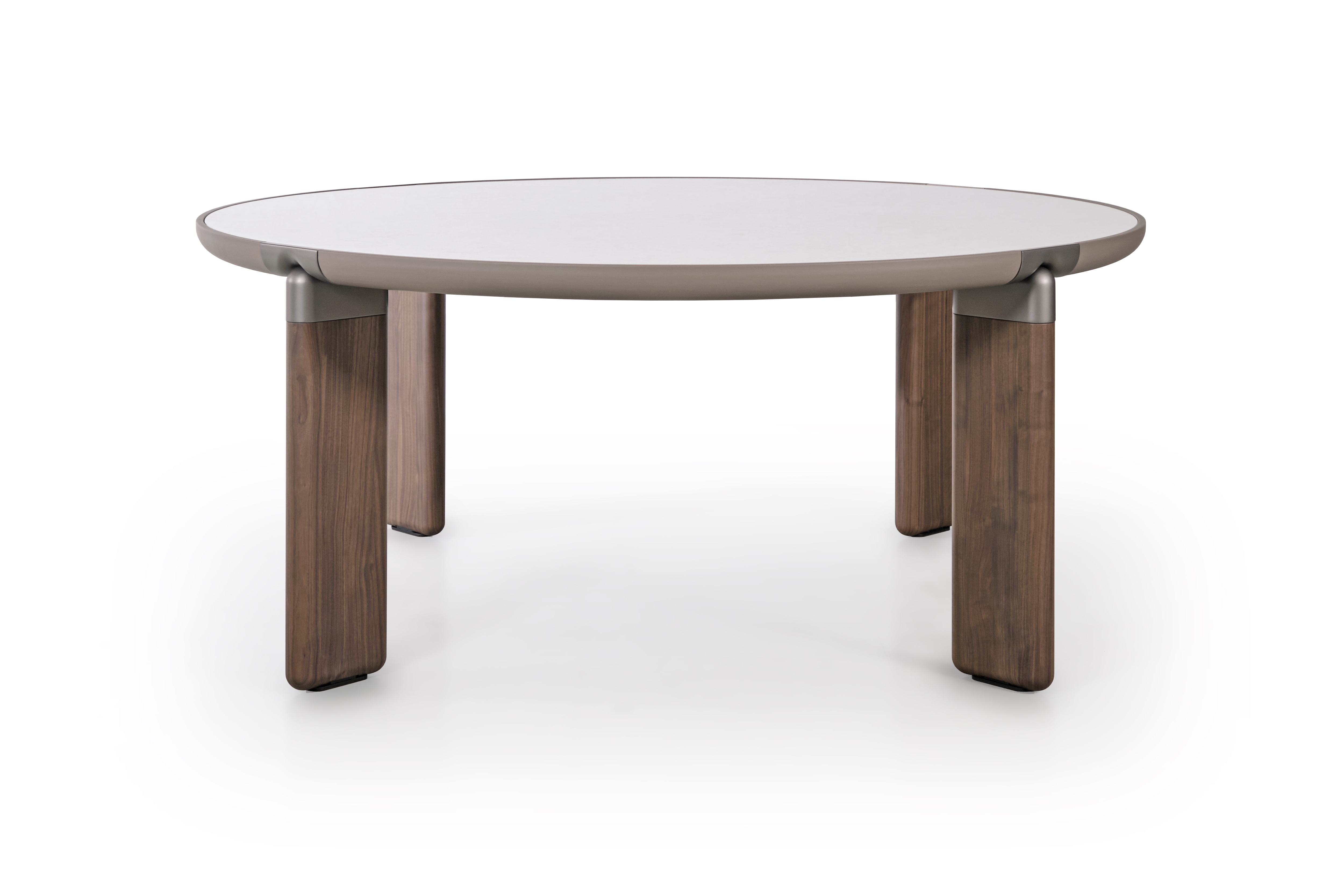 At Milan Design Week 2025, Turri launches a circular dining table fit for ceremonial feasts
At Milan Design Week 2025, Turri launches a circular dining table fit for ceremonial feastsThe new ‘Kenobi’ by Marco Acerbis for Turri is the kind of dining table we like to get around
By Hugo Macdonald
-
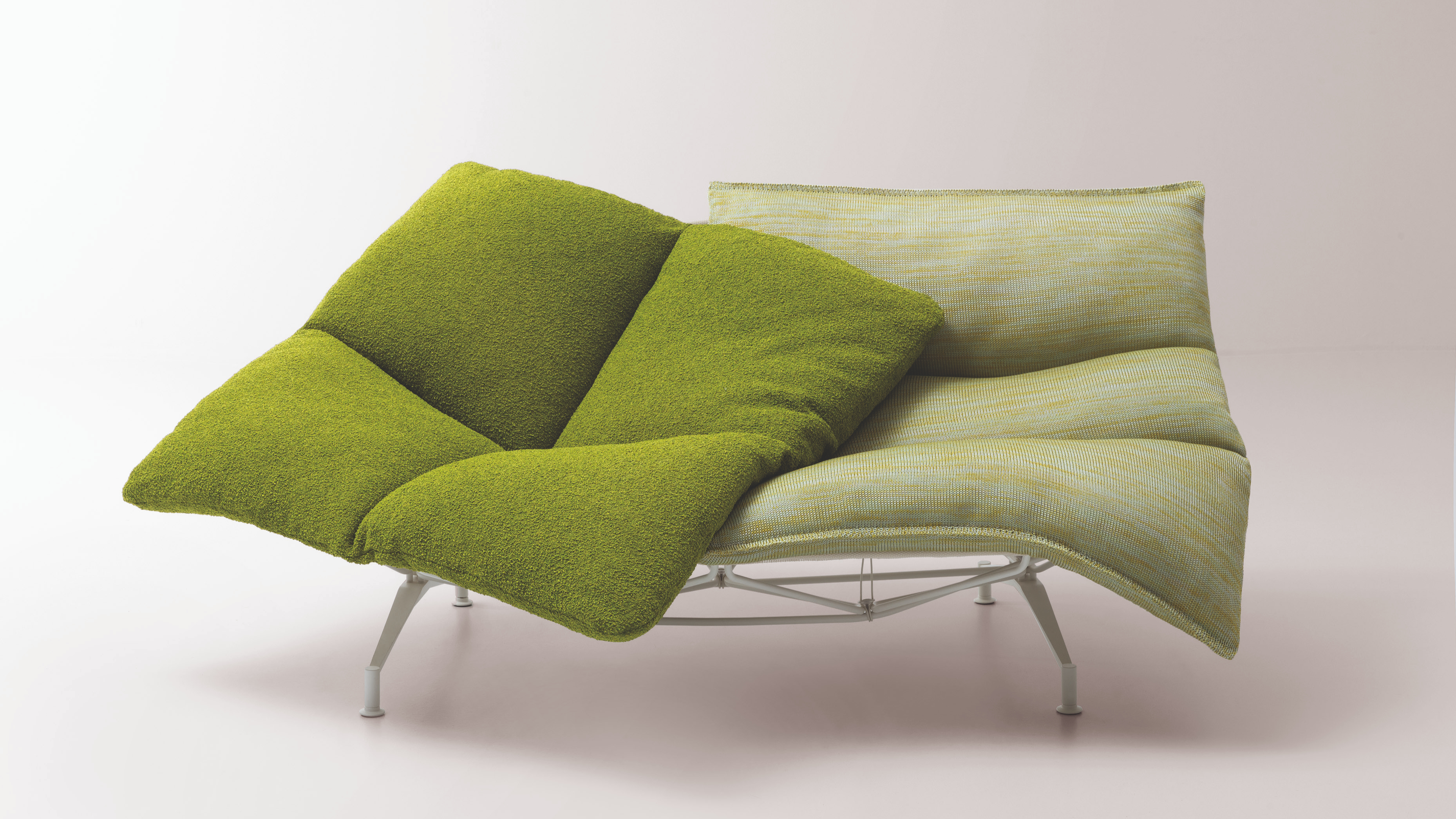 Paola Lenti unveils future-facing ‘Alma’ outdoor seating
Paola Lenti unveils future-facing ‘Alma’ outdoor seatingAt Milan Design Week 2025, Argentine designer Francisco Gomez Paz and Italian brand Paola Lenti unveil ‘Alma’ – a lightweight, technically advanced outdoor seating system
By Ali Morris
-
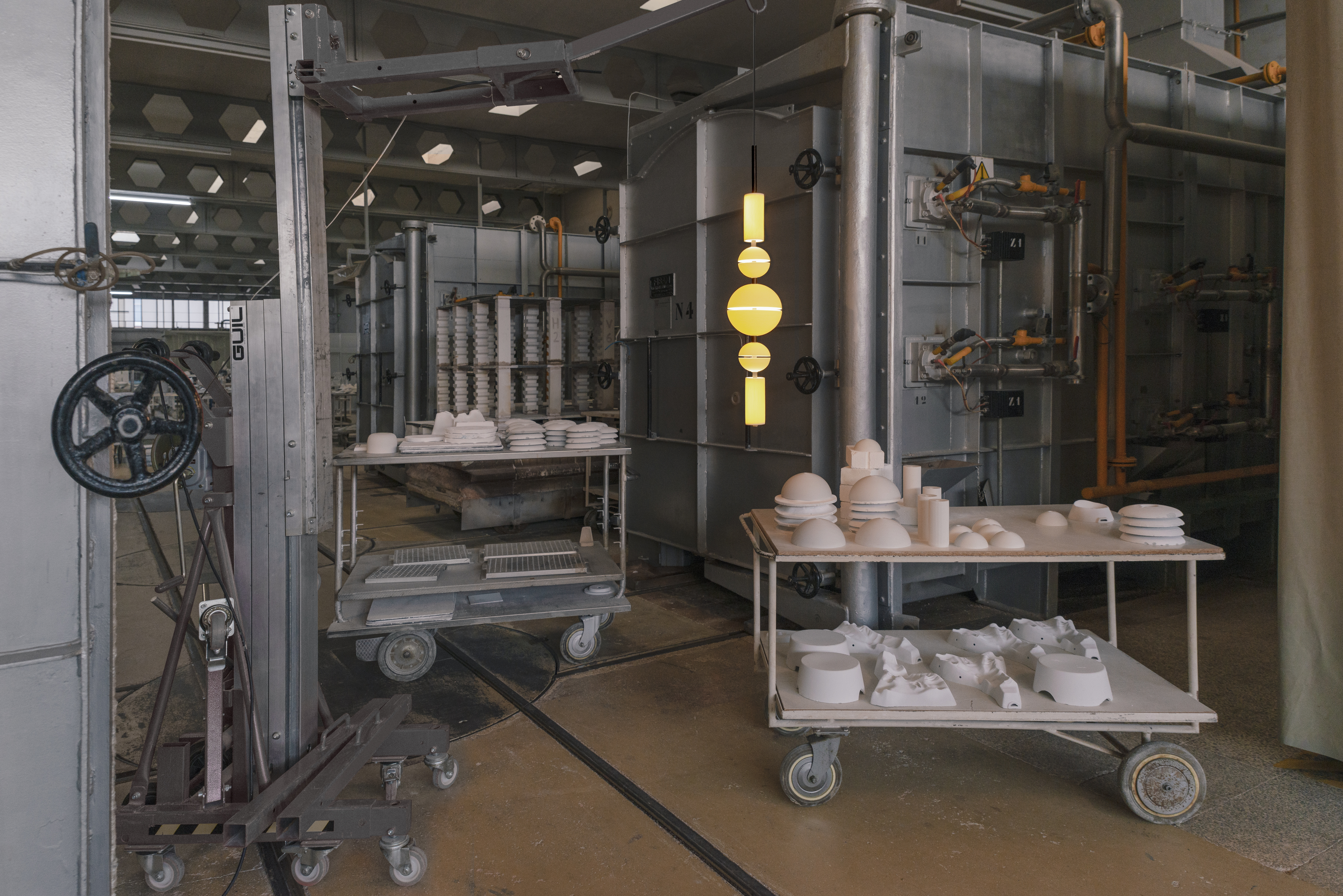 Milan Design Week: these porcelain lights mimic paper lanterns
Milan Design Week: these porcelain lights mimic paper lanternsAn exclusive first look at Lee Broom's ‘Cascade’ lighting for Lladró, launching at Euroluce during Salone del Mobile 2025
By Hugo Macdonald